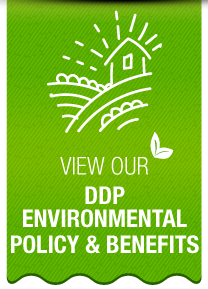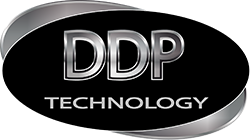DDP Technology Inc. strives to achieve “low environmental impact” when blast cleaning live electrical apparatus. We aim to continuously find new ways to reduce quantities of material, emissions, and energy.
Our environmental policy calls for:
- Environmentally safe protocols for the workers and the public
- Operational procedures that maximize the use of benign processes while minimizing emissions associated with chemical use
- Prevention of pollution guides all operational decisions and is the preferred option
- Continual improvement in operations with increasing sensitivity to environmental issues
- Identifying relevant safety and environmental requirements that are consistently met

Environmental Benefits:
The Dry Ice Blasting uses Dry Ice Pellets created through a process beginning with Liquid Carbon Dioxide (CO2). The Dry Ice is obtained as a byproduct of other industrial processes made from reclaimed CO2. It does not produce CO2 or add CO2 to the atmosphere and therefore does not contribute to the greenhouse effect.
Upon impact, the dry ice creates a micro-thermal shock which breaks the bond between the coating of grime and the substrate. The high pressure air stream removes the dirt from the surface, while the Dry Ice Pellets vaporize, leaving only the removed debris to be cleaned, creating absolutely no secondary waste.
The Dry Ice Blasting Process is completely environmentally friendly!
How Other Cleaning Methods Can Be Toxic:
- Secondary Waste to be cleaned up in addition to the toxic substrate:
this is created by methods such as Sand Blasting, Soda Blasting, and even Water Blasting can leave toxic secondary waste to be cleaned up in addition to the toxic substrate - Downstream Contamination effects surrounding installations:
this is a result of cleaning with Sand, Soda, or Water - Kills Surrounding Vegetation:
Soda Blasting, Chemical & Solvent Cleaning Methods - Creates Toxic Waste to be Disposed of:
Chemical and solvent cleaning methods - Harmful Work Environment Created:
Workers are exposed to potentially harmful substances airborne and secondary waste through the use of chemicals and solvents
